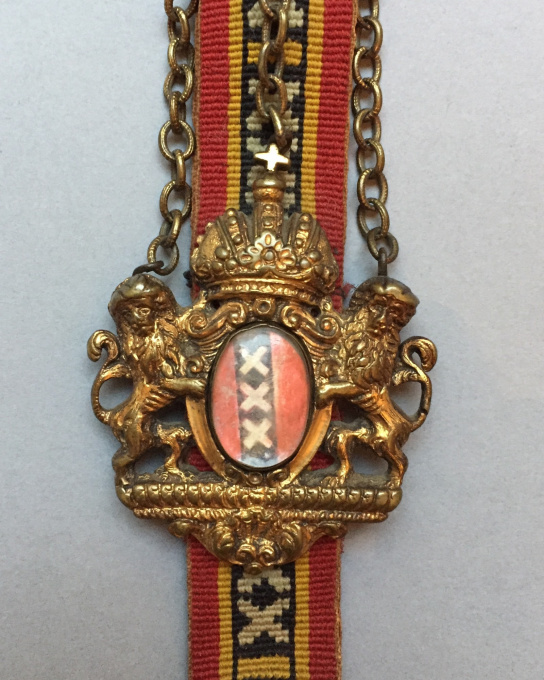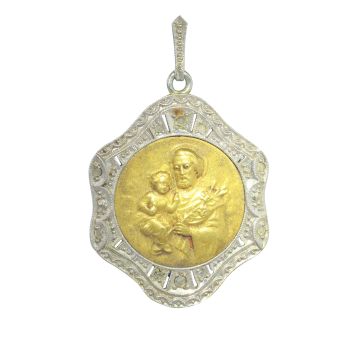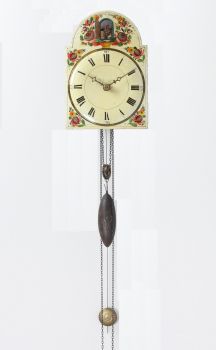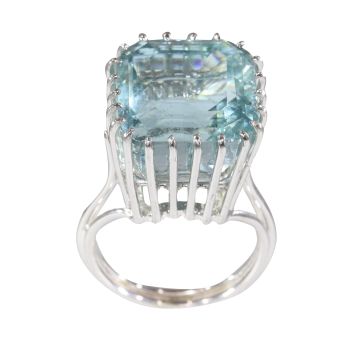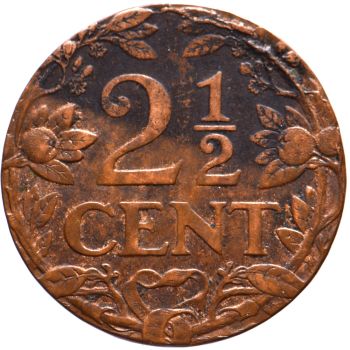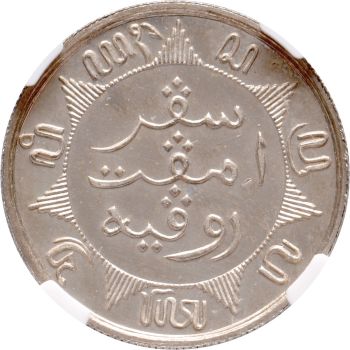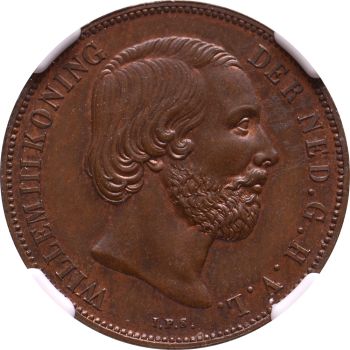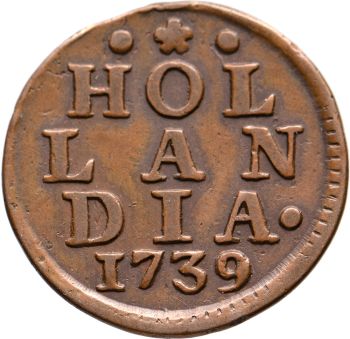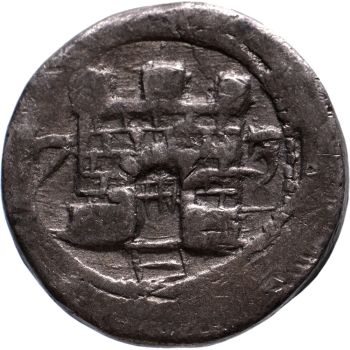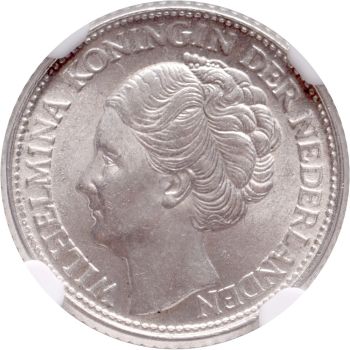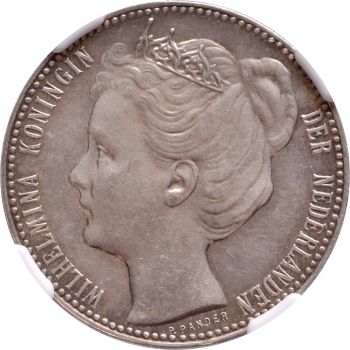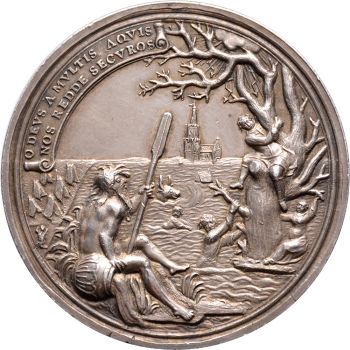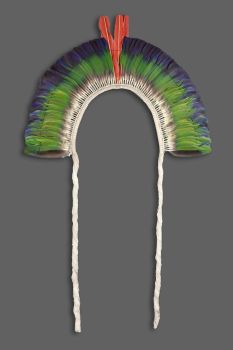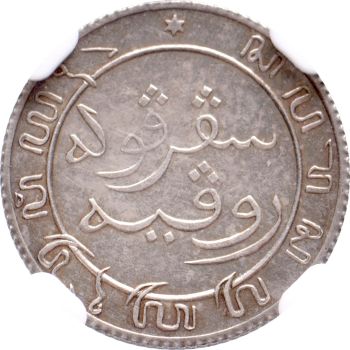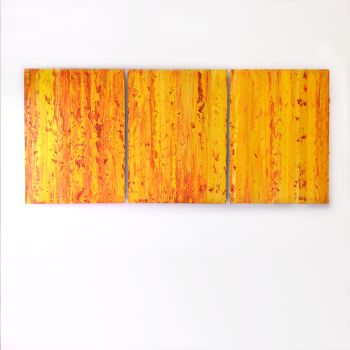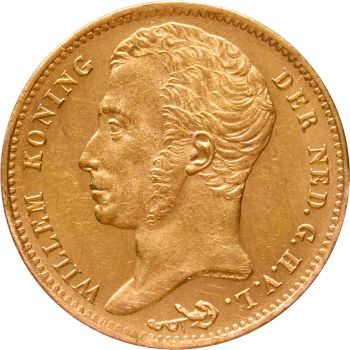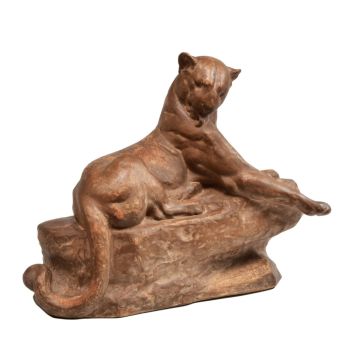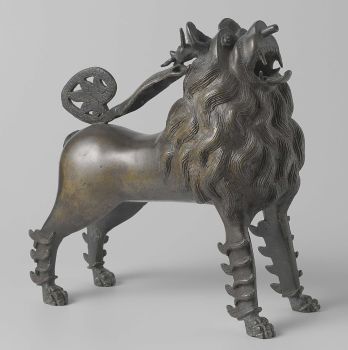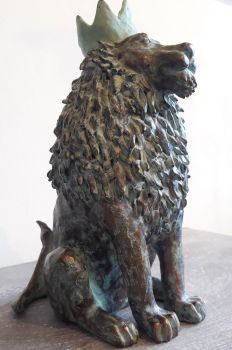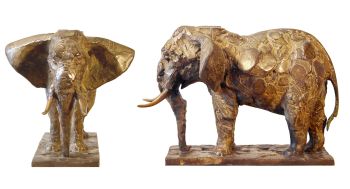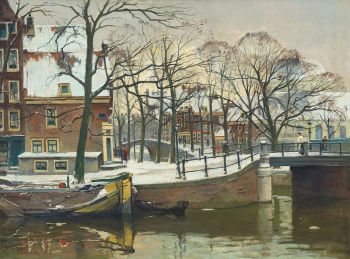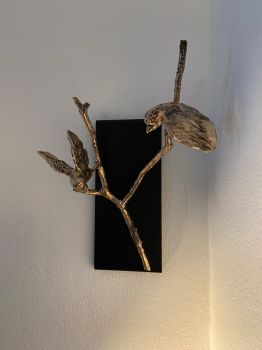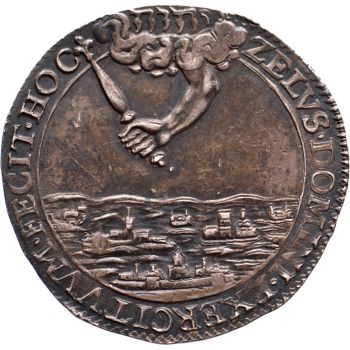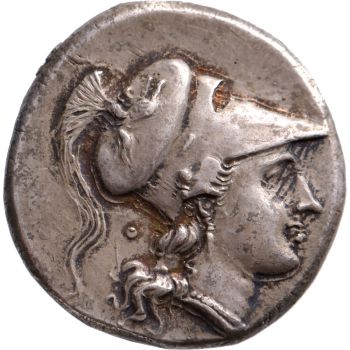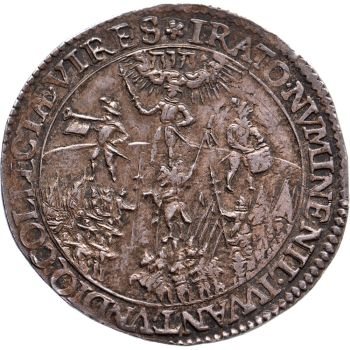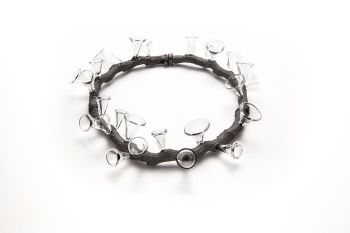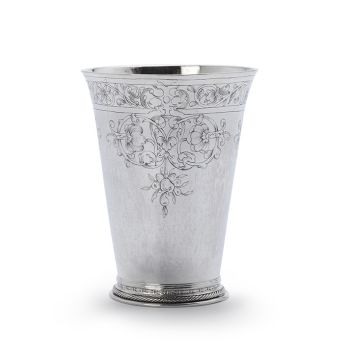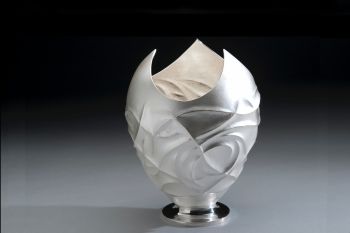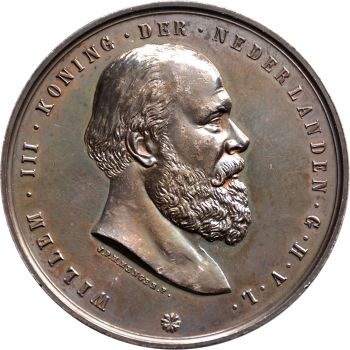Gilded copper Amsterdam ‘bodebus’. 1700 - 1750
Artista Sconosciuto
Argento
27 ⨯ 5.30 cm
ConditionGood
Attualmente non disponibile tramite Gallerease
- A proposito di opere d'arteGilded copper Amsterdam ‘bodebus’.
A bodebus was a distinctive sign carried by messengers who were employed by government bodies as provinces, municipalities and water boards (bodies charged with managing water barriers, waterways, water levels, water quality and sewage treatment in their respective regions).
This bodebus is connected with three chains to a small oval plaque on which a koggeschip (cargo ship) is depicted. The bus itself consists of two standing lions with an Imperial Crown: between the lions we find the Amsterdam coat of arms behind a round piece of glass: a red shield with a black belt with three white St Andrew's crosses. One of the two buckles carries the mark IHS.
In the standard work on the bodebus "de bodebus in de Lage Landen" by M. Achterberg (1980-1985 edition) only one identical bus can be found, without mentioning its present owner. Achterberg dates that bodebus as early 18th century. There is no further similar Amsterdam bodebus to be found in literature or museums.
The Rijksmuseum Amsterdam owns one bodebus; this one, however, dates from the 16th century and is in silver. The history of the bodebus goes back to the Middle Ages. A bode (messengers), who had to convey messages, kept his documents in a bus attached to his belt. Later, a shield to those bodebus was added with the arms of the body which they represented. The bodebus changed during time from a real bus to an (often richly decorated) insignia worn by the messenger on his coat. The bodebus gave the messenger several privileges such as free use of transportation (coach or ship) or stay in an inn. - A proposito di opere artista
Può succedere che un artista o un creatore sia sconosciuto.
Alcune opere non sono determinate da chi sono state realizzate o sono state realizzate da (un gruppo di) artigiani. Esempi sono statue dell'antichità, mobili, specchi o firme non chiare o leggibili ma anche alcune opere non sono affatto firmate.
Inoltre puoi trovare la seguente descrizione:
•"Attribuito a …." A loro avviso probabilmente opera dell'artista, almeno in parte
•“Studio di ….” o “Officina di” A loro avviso un'opera eseguita nello studio o nella bottega dell'artista, eventualmente sotto la sua supervisione
•“Cerchio di…” A loro avviso un'opera del periodo dell'artista che mostra la sua influenza, strettamente legata all'artista ma non necessariamente al suo allievo
•"Stile di..." o "Seguace di..." A loro avviso un'opera eseguita nello stile dell'artista ma non necessariamente da un allievo; può essere contemporaneo o quasi contemporaneo
•“Modalità di…” A loro avviso un'opera nello stile dell'artista ma di epoca successiva
•"Dopo …." A loro avviso una copia (di qualsiasi data) di un'opera dell'artista
•“Firmato…”, “Datato…” o “Iscritto” A loro avviso l'opera è stata firmata/datata/inscritta dall'artista. L'aggiunta di un punto interrogativo indica un elemento di dubbio
•"Con firma....", "Con data...", "Con iscrizione..." o “Riporta firma/data/iscrizione” a loro avviso la firma/data/iscrizione è stata aggiunta da qualcuno diverso dall'artista
Related artworks
Artista Sconosciuto
Two Centaurs, France or Italylate 18th
Prezzo su richiestaRobert Schreuder Antiquair
1 - 4 / 12Artista Sconosciuto
UN COPPETTO DI PIUME DELLA TRIB JURUNA1900 - 1950
Prezzo su richiestaZebregs & Röell - Fine Art - Antiques
1 - 4 / 24- 1 - 4 / 24
Frederik Rudolf Precht
Trancio di pesce d'argento olandese1756
Prezzo su richiestaJacob J. Roosjen SRI
Elisabeth Treskow
Lapislazzuli afgano intarsiato con oro su un supporto d'argento1950 - 1960
Prezzo su richiestaJacob J. Roosjen SRI
Salomon Lamberts
Teiera d'argento a forma di zucca olandese1766
Prezzo su richiestaJacob J. Roosjen SRI
Jarich Gerrits van der Lely
Becher d'argento olandese Dutch1657
Prezzo su richiestaJacob J. Roosjen SRI
1 - 4 / 24

